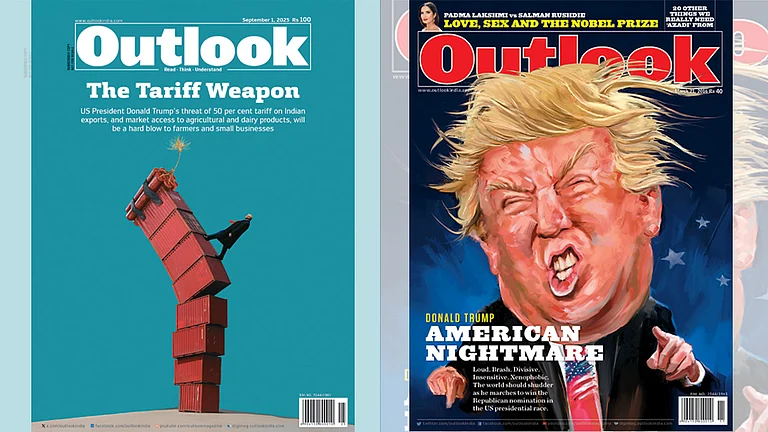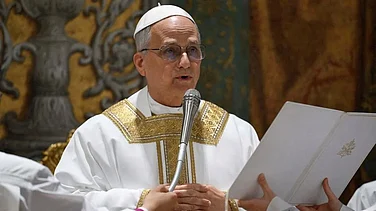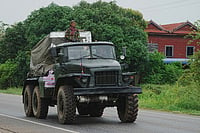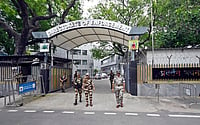United States President Donald Trump on Friday said that he has signed 12 letters informing the countries of the tariff they must pay, with a “take it or leave it” offer scheduled to go out on Monday. Trump refused to name the countries on whom the tariffs will be levied, reported Reuters.
The US president made the statement to reporters on Air Force One while he was on his way to New Jersey. "I signed some letters and they'll go out on Monday, probably twelve," he told reporters. "Different amounts of money, different amounts of tariffs."
Trump had earlier announced that the letters would go out on Friday— a national holiday in America — though the timing has now been revised.
The move comes amid uncertainty over India signing a trade deal with the US before July 9. However, countries who have not yet agreed on a deal have an extended window for negotiations as Trump had stated that the reciprocal tariffs would come into effect on August 1.
The July 9 deadline was set after Trump suspended the base tariff of 10% on most goods entering the U.S., with the possibility of higher rates, up to 50% for certain countries.
The statement came after Indian negotiators, led by Chief Negotiator and Special Secretary Rajesh Aggarwal, returned on Friday after nearly a week of talks with the US.
The White House had earlier set out for trade talks with several nations but stalled talks with various countries made it change its approach. "The letters are better ... much easier to send a letter," Trump said, indicating a preference for direct, unilateral communication.
So far, Washington has only reached trade agreements with the UK and Vietnam. Vietnam brokered a deal reducing its tariff rate down to 20 percent from the previously imposed 46 percent along with allowing duty-free entry for many U.S. goods. Britain achieved a deal to keep a 10 percent tariff rate and preferential treatment for some sectors including autos and aircraft engines



























